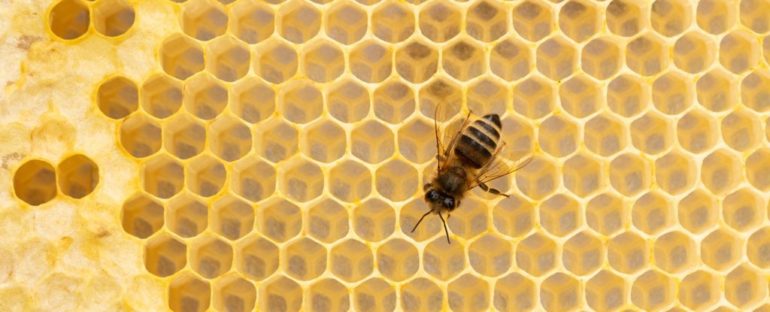Social distancing to stop the spread of COVID-19 might feel unnatural to us humans, but other animals intuitively do something similar, without the need for rules or regulations to keep them in line.
Staying away from others when you’re sick is a natural consequence of animal disease. Even when humans feel sick, the physical effects can confine us to our beds and indirectly keep us from encountering others we could potentially infect.
Unfortunately, our species can often suppress that instinct because of pressure to work or learn or socialise, putting our communities and us at risk. Asymptomatic infections from the SARS-CoV-2 virus can also make it that much harder to understand when we are putting others in danger.
A new review in Science examines how six social animals, including ants, bats, lobsters, and bees, actively avoid or exclude one another to stop the contagion from spreading in a group – sometimes at great risk to the individual.
“Looking at non-human animals can tell us something about what we have to do as a society to make it such that individuals can behave in ways when they are sick that protect both themselves and society as a whole,” explains biologist Dana Hawley from Virginia Tech.
Ants and termites are intriguing examples because they can sometimes send warning signals to others in their community before they’ve even been properly infected, as early as 15 minutes after exposure to a pathogen.
When confronted by fungal spores, for instance, some species of termites begin immediately vibrating to let their nest mates know they need to be avoided or trigger mass grooming. The latter option, of course, can expose others around them, but it also helps tackle the infection before it causes too much damage.
A fungus-infected ant, on the other hand, may completely remove itself from the nest within hours of being exposed. This is termed active self-isolation because the ant is changing its behaviour directly in response to its potential sickness.
This may seem altruistic at first, but because eusocial insects like bees, ants, and termites are closely related within their colonies, their ‘selfish’ genes continue to live on in others if they’re successful in their defence against diseases, a concept known as “social immunity”.
Vampire bats do something similar, albeit in a more passive way. When scientists inject bats with a small piece of gram-negative bacteria, the harmless substance triggers an immune response that causes the individual to take part in far less community grooming, even though they still receive food in the form of blood from others and maintain some social contact.
“Passive social distancing in vampire bats is a ‘byproduct’ of sickness behavior,” says biologist Sebastian Stockmaier from the University of Texas, Austin.
“For instance, sick vampire bats might be more lethargic so that they can divert energy to a costly immune response. We have seen that this lethargy reduces contact with others and that sick vampire bats groom each other less.”
Other times it’s the group that ditches the sick individual. When a human is sick, for instance, they tend to have a different smell and look, which can let other people know to stay away.
“If you are sitting on an airplane and somebody next to you is coughing, you may be less likely to want to talk to them, or you may lean over to one side of your seat,” explains Hawley.
“There are so many ways that we are altering our behavior to minimize disease risk and we do it all the time without thinking because it is evolutionarily ingrained in us.”
Caribbean spiny lobsters take similar cues from their community. Healthy lobsters, for example, may proactively leave their den if others are showing signs of sickness. This is a dangerous decision and not one to be taken lightly since it exposes individuals to predators and a loss of group protection. If the virus is lethal enough, however, it might be worth the trade-off.
Bees are far more brutal in their response to potential infections. When the greater good of the hive is all that matters, healthy bees are known to force sick ones into isolation, sometimes aggressively dragging their peers out of the nest.
“Enforced exclusion has not been experimentally demonstrated in mammals, although observational evidence exists [in some primates], and enforced quarantine has occurred throughout human history and remains an important public health measure against pathogens such as Ebola and severe acute respiratory syndrome (SARS),” the authors write.
In historical human outbreaks of disease, it’s hard to say how much self-isolation is voluntary or enforced by governmental rules. In all likelihood, it’s probably a bit of both.
Looking at the animal kingdom as a whole, however, it seems that self-isolation, avoidance, exclusion, and group-wide social distancing can profoundly impact the degree to which the contagion spreads.
There will always be downsides, the authors admit, like the loss of the lobster’s den or contact with loved ones, but human responses can weigh up the costs and benefits to decide how best to protect our species going forward.
Responding early and quickly to infections is key, especially to stop the pathogen from mutating. However, once those days are long past, social distancing can still be important in saving lives going forward.
As the authors conclude, “humans are by no means alone” in their lonely isolation when it comes to controlling the spread of disease.
The review was published in Science.



